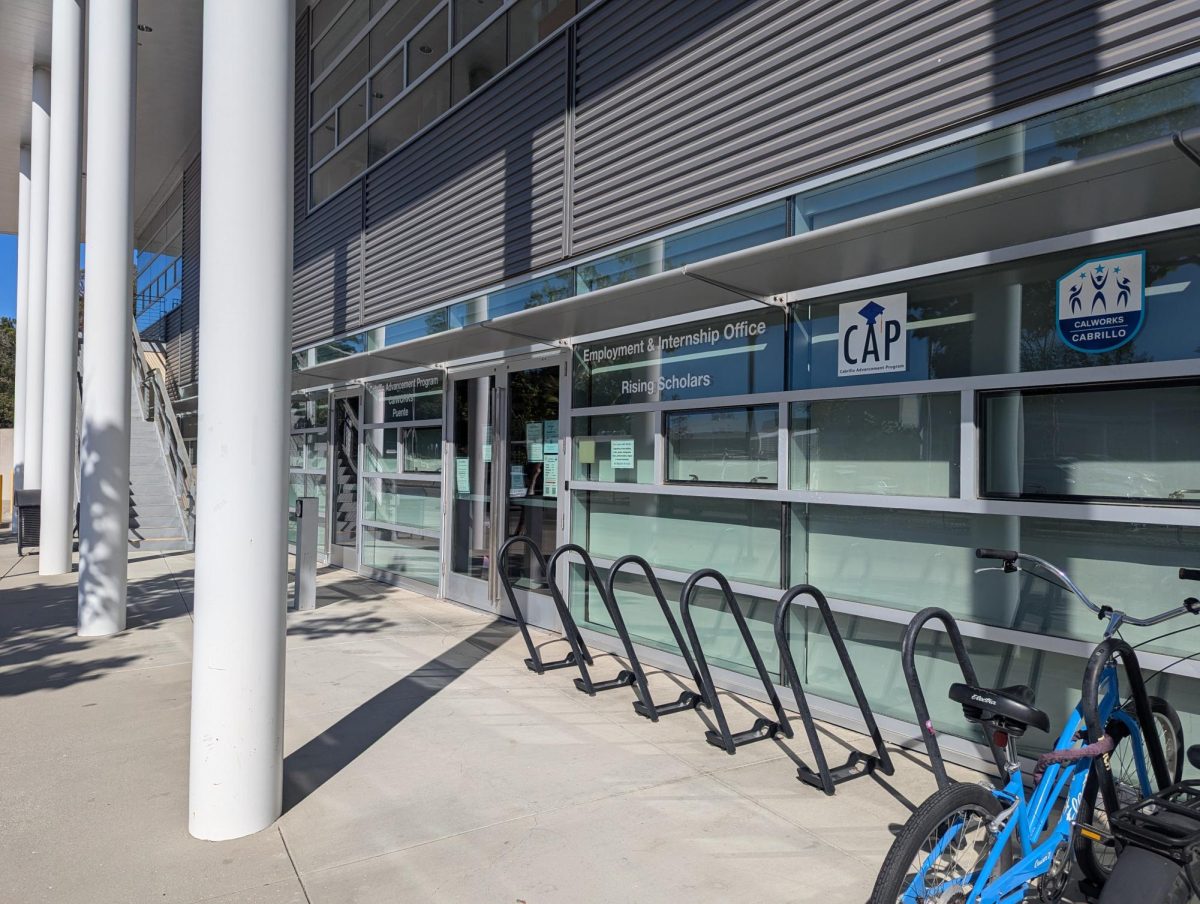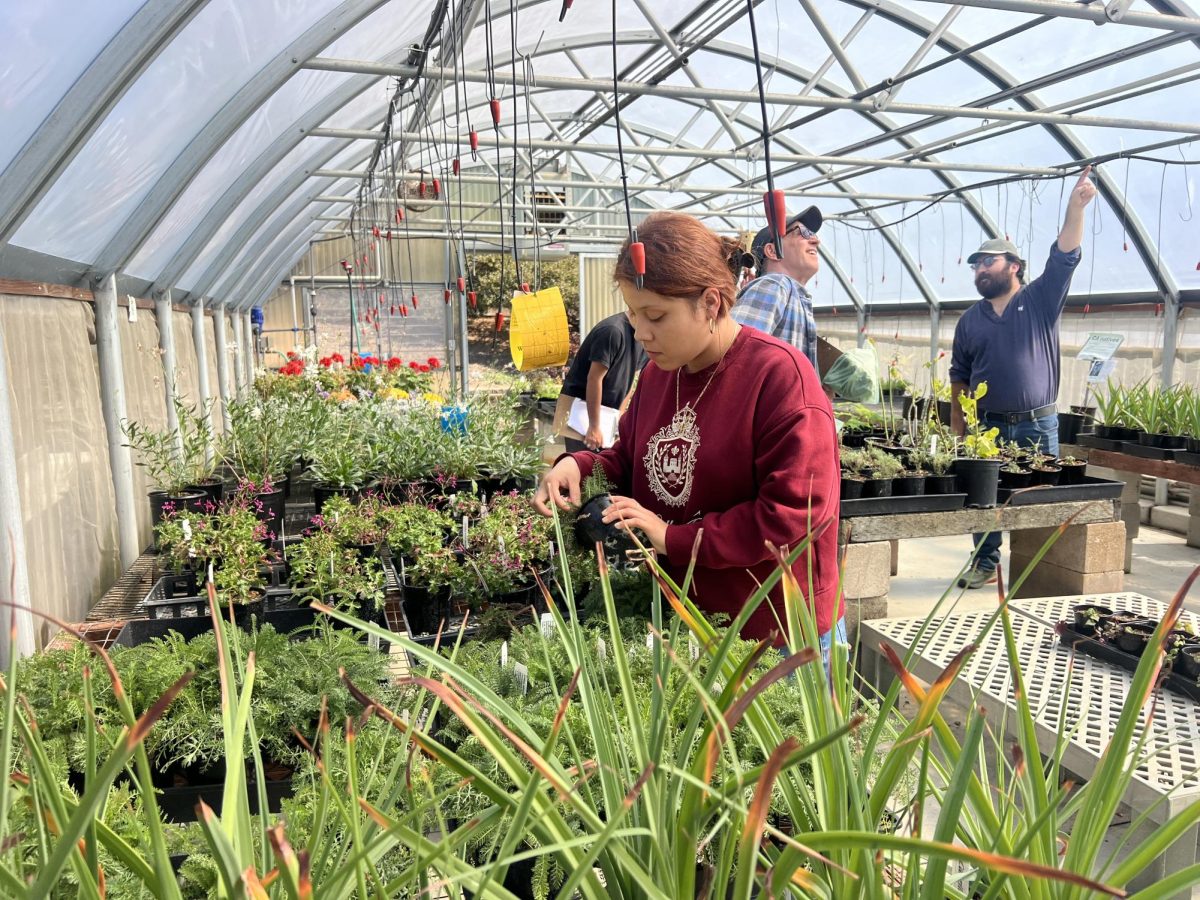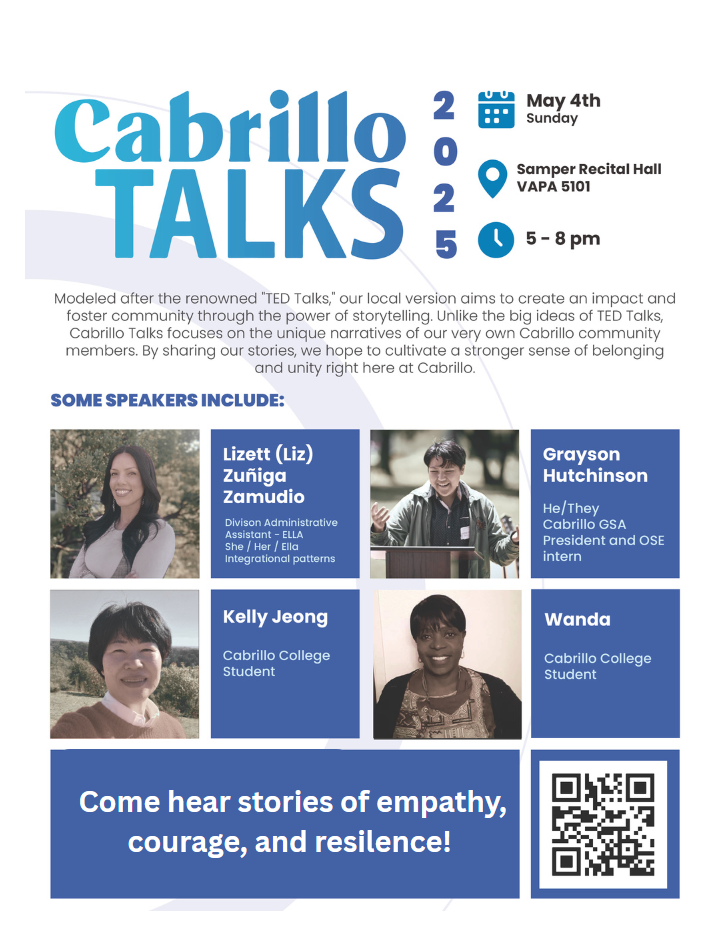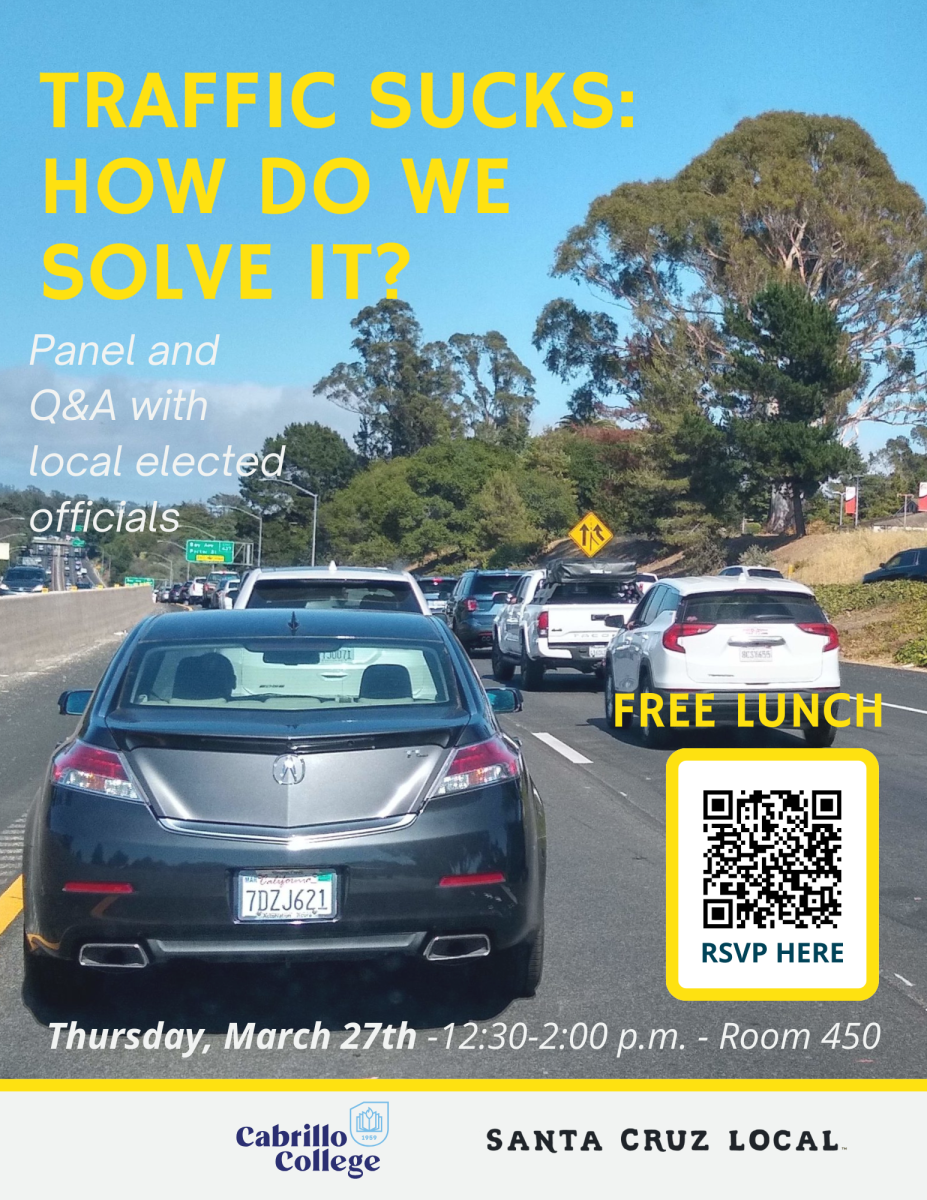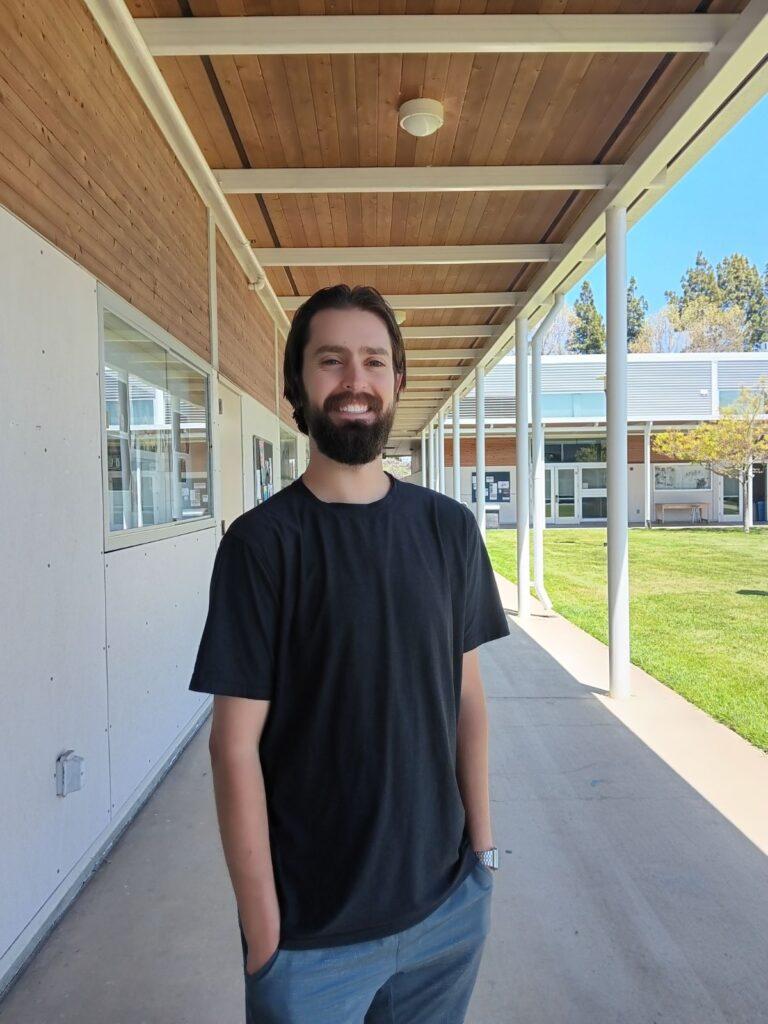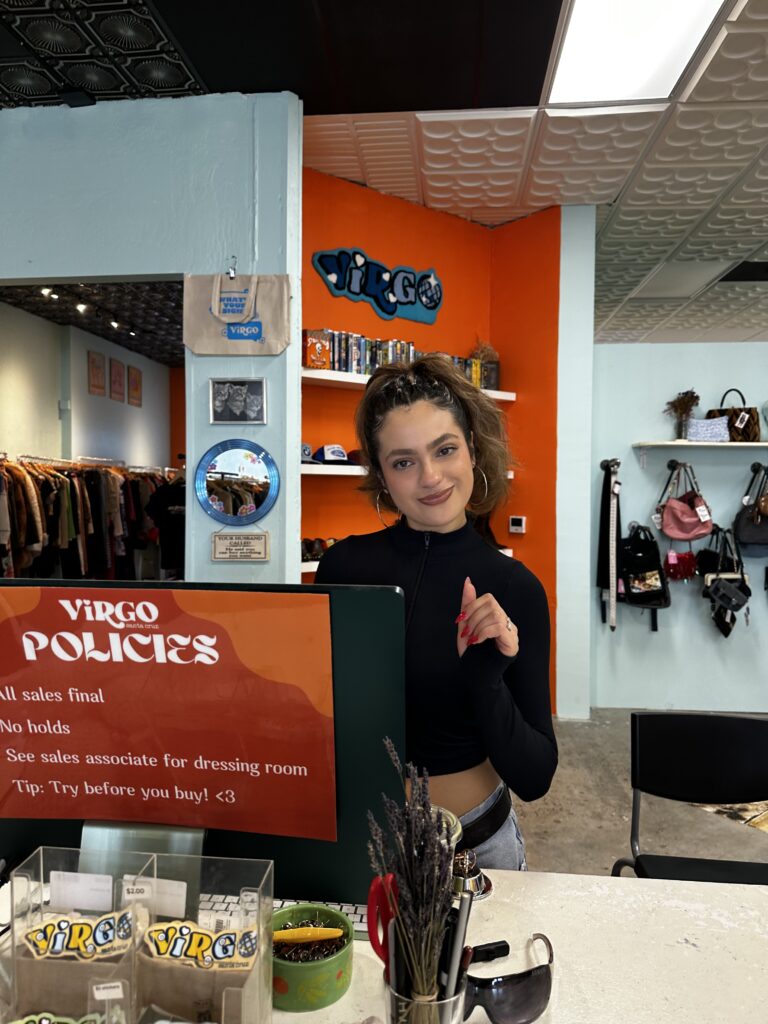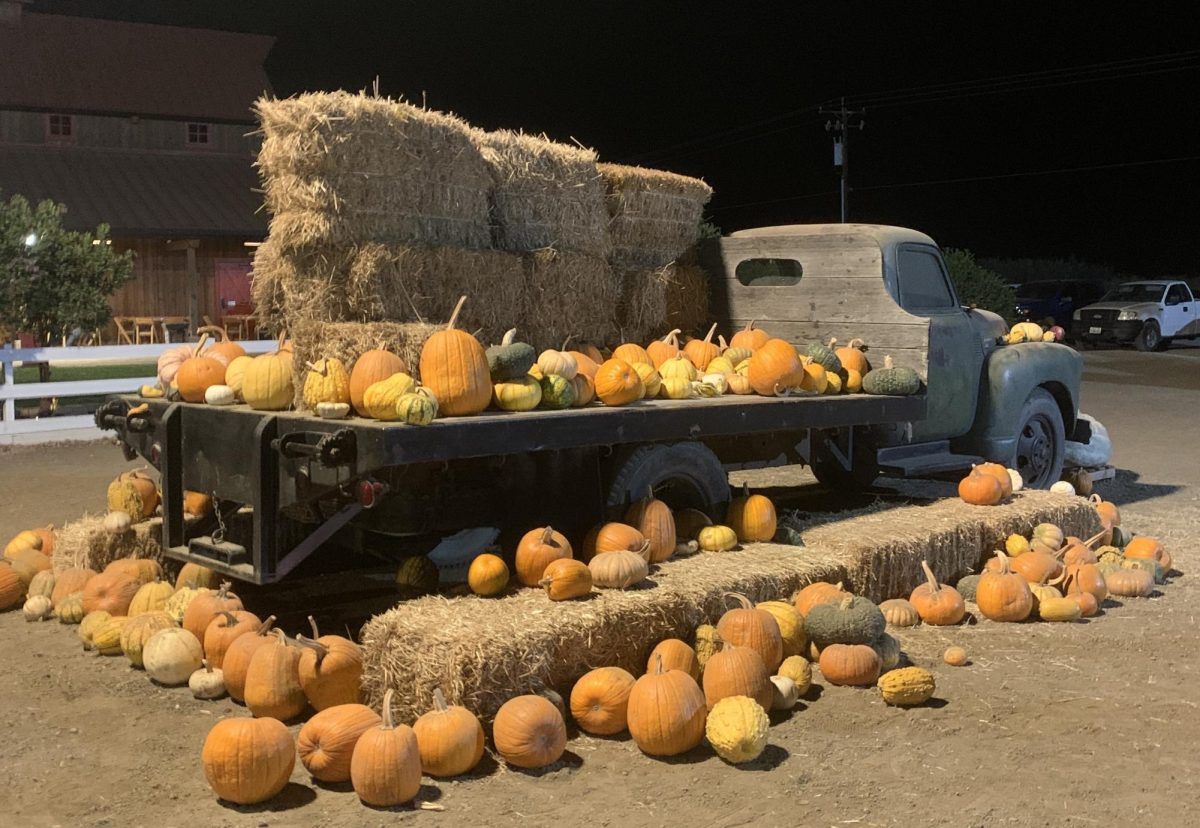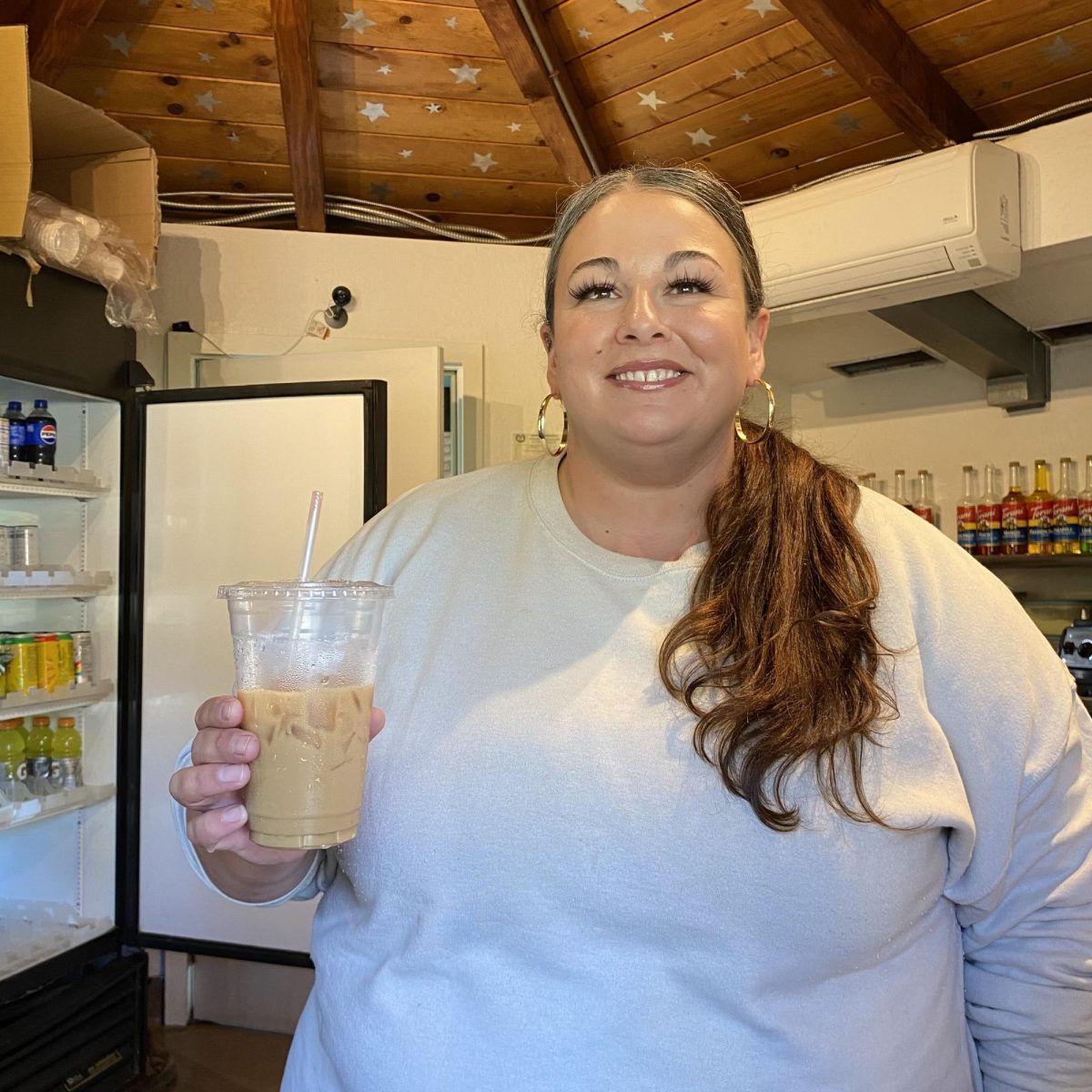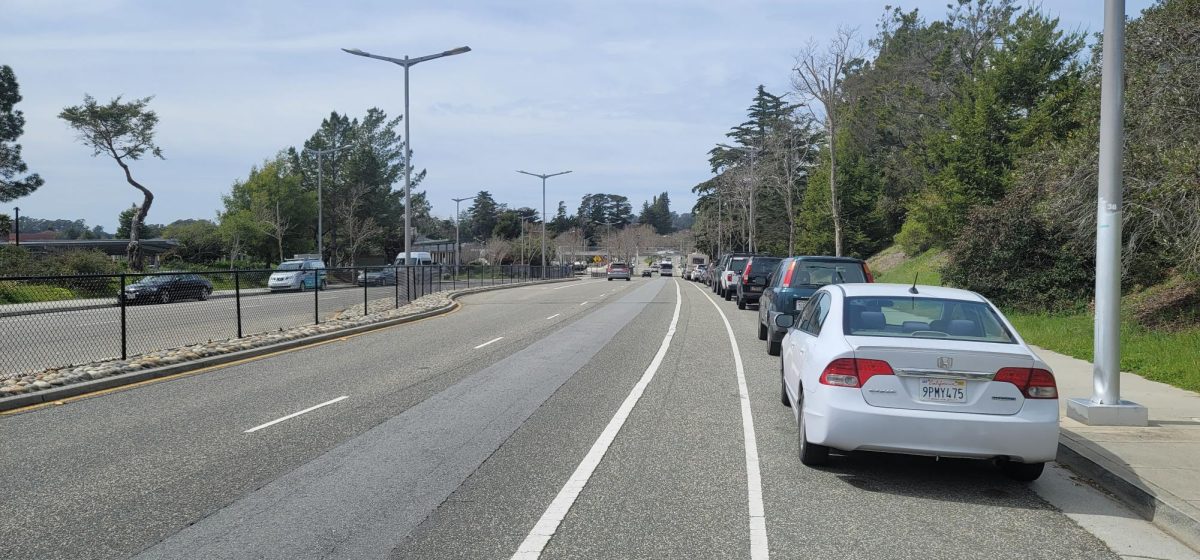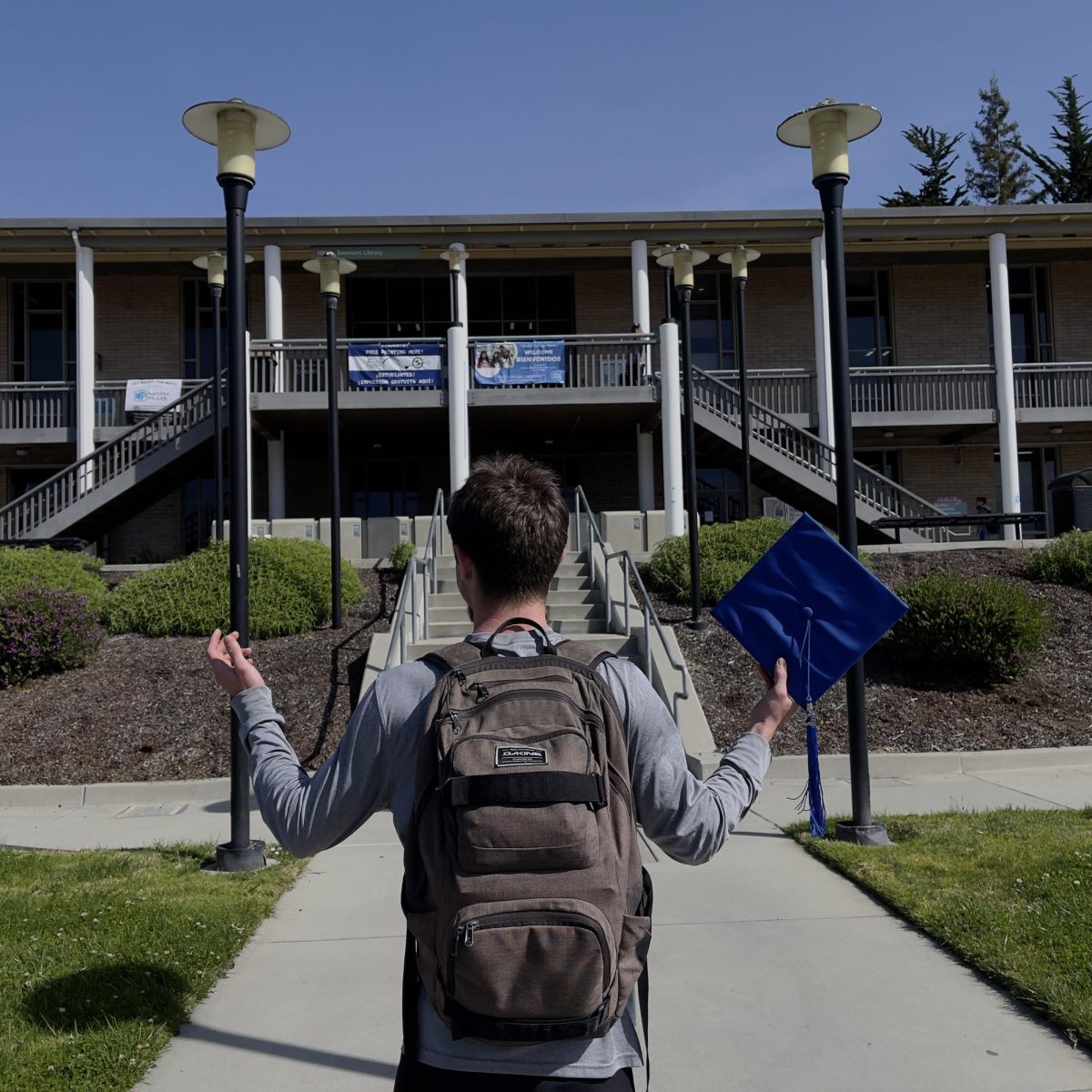On January 30th, it was “We think we have it very well under control.” President Donald Trump said that in a speech in Michigan. Now, just two months later, on March 30th, we have the most cases worldwide. The corona-virus, or COVID 19, is a pandemic that swept the world, and left governments scrambling, trying to protect its citizens. In the United States, with that protection, came another set of challenges that left many worried with their future, from hourly workers worrying about rent, to students worried about their online classes, and their relationship with it. Joshua Wilson said he’s been having issues connecting to classes
As shelter in place orders from state governors spread across the US, most educators rushed to do what they could to switch from an in person class, to an online based class. As fear spread across the nation, the challenges that educators and students both face, in and out of their online classrooms, make it tough for the same standard of education to take place.
Both educators and students are frustrated, but the teachers that were spoken to, when writing this article, seem to be working hard to keep the education they provide to students at the same level as in person classes. The college professors with hybrid classes, or classes with both in-person and online content, had an easier time switching over to online only classes, as their classes were online already, and they had to simply stop in-person classes. However there were teachers that heavily relied on in person classes, and had more issues switching over to Canvas, as a lot of their class relied on in person meetings, and working with students directly.
There are teachers worried about keeping their jobs, and students worried about being able to stay in their classes, due to poor internet connectivity where they live. Students going into teaching are worried about how to proceed with their internships. The education system was not ready for a pandemic, and this is clearly highlighting the issues that students and teachers face.
When looking at online education for high school and college students, a plurality of students report issues with how their online classes are going. Joshua Wilson, a senior in high school who lives in Tennessee, talked to me about how they learn best in a classroom. When talking about not going into class, he said it “sounds like a ton of fun but those who are soon to graduate may have issues. Internets been taking a beating because everyone feels like it’s the only thing they can do, and it’s been hard connecting to my classes because of it.” Wilson goes on to say that they “are frustrated with those people that are not following guidelines, because that means, they are not in the classroom.”
Dr. Steve Schessler, the head of the English Department at Cabrillo College said, “As an instructor with online and hybrid teaching experience, my greatest shift in workload has been through increased individual outreach to students to support them.” Seema Narayen, an English teacher for 12th grade in New Delhi, India, said, “After the initial wariness, I find I’m able to get more work done,” due to not having to deal with students interrupting her, and mainly just having her scheduled classes.
According to a first semester teacher who is co-teaching a Spring-2020 course, wishing to remain anonymous: “Online teaching is far more difficult than in-class teaching and learning. For one thing, only about 50% of the class shows up to attend online.” In addition, they are spending a good portion of this time together checking in with students regarding their ‘personal well-being’.
Both he and his co-teacher are making the content available online. So, “The students who do attend online may be seeing the material twice, which may discourage their online attendance.” Over all, the new instructor said he feels like “The task is made much more difficult, and the material has become ‘dumbed-down’ as a result.”
It would appear in the current circumstances that no one is being served well though. For us as students, online education and interaction with former “classmates” is a welcome distraction from the daily grind of sheltering in place



